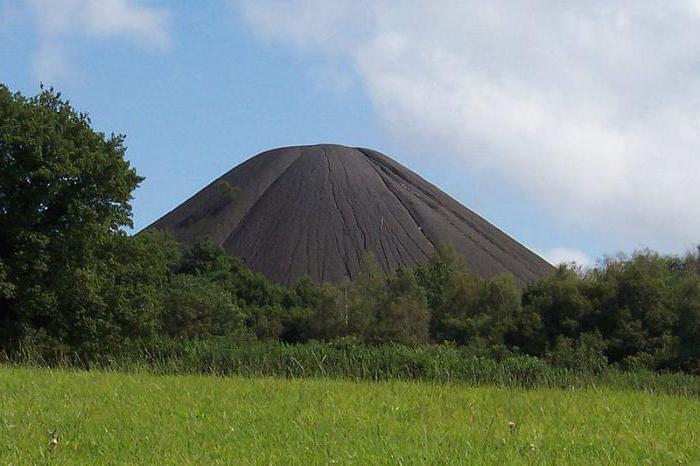The article tells about what are heaps, as a result of what activity they are formed, what processes occur in them and how they can be dangerous.
Industry
Even in ancient times, our ancestors drew attention to the fact that in the bowels of the earth is concentrated a mass of certain useful substances. Due to the difficulty of mining or ignorance, their wide development began only after many centuries, but first of all, people were always interested in metal, both ordinary and precious. For a long time, copper remained the main one, and later bronze (an alloy of copper and tin), but the real industrial revolution at the beginning of the 19th century was made possible thanks to the widespread production of steel.
In addition to metals, other useful substances are concentrated in the bowels of the earth, for example, coal, which for a long time was considered to be worthless material, and only then again at the beginning of the 19th century began its extensive mining around the world. And it was also used for remelting iron ore. It is mined in various ways: both in open pits and in mines. But in the process of mining both coal and other minerals, a lot of empty and useless ore is always formed, which needs to be done somewhere. It is from it that the heaps are obtained. So what are heaps? This we will understand.
Definition
First, let's deal with terminology. The word "terricon" has French roots: terri - dump of the breed, conique - conical.
The heap heap is a dump of breed which most often has a conic shape. Their sizes can be both very small and reach a height of tens of meters. They may look like small mountains (especially if located nearby, form a chain and, due to their age, are covered with vegetation). So what are heaps?
In the process of mining coal, another mineral or substance, a lot of waste rock is formed, which needs to be put somewhere. Unloading it near mines and mining is unreasonable, since they are rapidly growing in size. Because it is unloaded in a designated place. Gradually, with the increase in size, further unloading of ore to the top of the heap becomes problematic, and the heap grows in a new place. So we figured out what the heaps are.
Land of heaps
Heaps can be found in any part of the world, but, of course, they are especially common where there is a wide extraction of minerals. If we talk about the post-Soviet space, the most famous land of waste heaps is the Donbass, the Donetsk coal basin, which is located in the eastern part of Ukraine.
If you count all the heaps, there are more than a hundred of them, they are located almost everywhere and are a kind of attraction of the region, its hallmark. The oldest is more than a hundred years old, and they appeared even at a time when the foundation of coal reserves in the region was only gaining strength, and Donetsk was called Yuzovka (by the name of John Hughes, an industrialist who began coal mining). So now we know what heaps in geography are.
Kinds
Heaps can be divided into old and young, those that are still “growing”, replenished with new portions of waste rock. Visually distinguishing them is very simple: the old ones even outwardly have a denser texture and more squat. And most importantly - they often grow various vegetation. By the way, not only grass, but also trees, usually acacia, as they are the most unpretentious to the content of substances in the soil. So now we know what the heaps are, the definition of the word and their types.
Danger
Heaps meanwhile carry a danger. It would seem, what harmless rocks can harm? But in reality, not everything is so rosy. Of course, they do not cause harm as such, otherwise they would not be erected in the immediate vicinity of residential buildings, but there are always those who decide to independently explore the man-made mountains. By the way, they are called mountains for good reason - some have impressive height and form real, albeit small, but mountain ranges, with their eaves, ledges and ravines. But what is the danger?

It's all about the processes that take place in the depths of heaps. If you do not go into long descriptions of chemical reactions, then in the depths of these "mountains" due to the high pressure, some substances begin to smolder with the release of harmful gases. True, their concentration is small enough to harm a casual passer-by, but if you sit on the waste heap for a long time and regularly, it will not end in good. In addition, over time, due to decay, voids form, where people often fail.
But not everything is so bad, and not all heaps are dangerous. For example, old ones that were formed long ago and covered with vegetation with trees are safe, and you can walk on them without the threat of falling into the red-hot bowels.
So we figured out what the heaps are. Grade 4 of elementary school is precisely the period when, at geography classes, they talk about these man-made mountains.